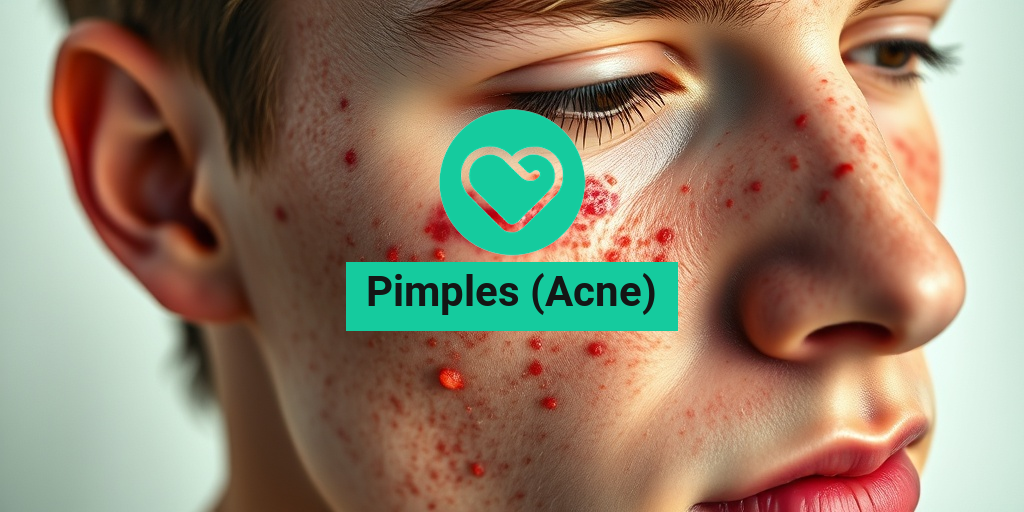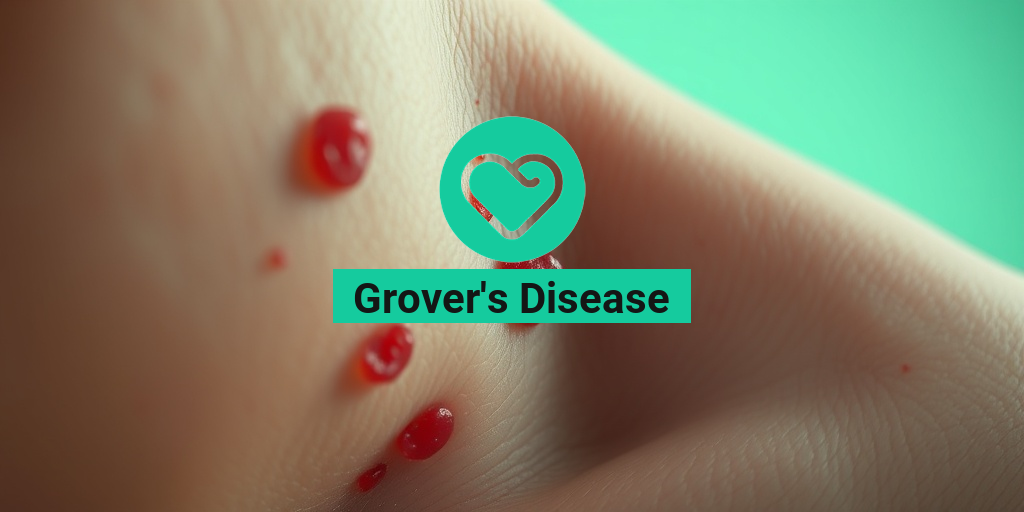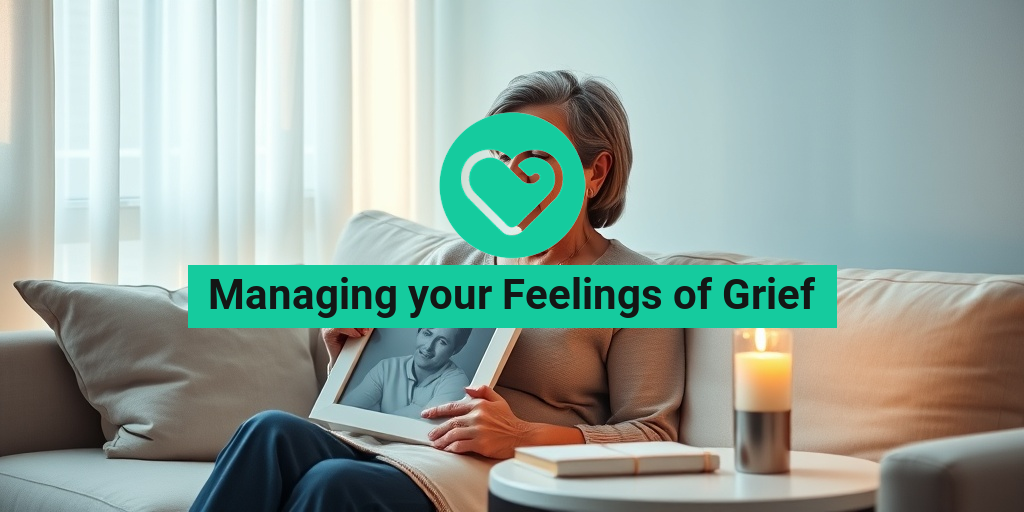What Are Pimples?
Pimples, commonly referred to as acne, are small, inflamed bumps that appear on the skin, primarily on the face, back, and shoulders. They occur when hair follicles become clogged with oil, dead skin cells, and bacteria. This condition is most prevalent during adolescence due to hormonal changes, but it can affect individuals of all ages.
The Science Behind Pimples
Understanding the biology of pimples can help demystify this common skin issue. The skin produces an oily substance called sebum, which is essential for keeping the skin moisturized. However, when excess sebum is produced, it can mix with dead skin cells and clog pores. This creates an ideal environment for bacteria, leading to inflammation and the formation of pimples.
Types of Pimples
Pimples can manifest in various forms, each with its own characteristics:
- Whiteheads: Closed clogged pores that appear as small white bumps.
- Blackheads: Open clogged pores that appear dark due to oxidation.
- Pustules: Red, inflamed bumps filled with pus.
- Nodules: Large, painful lumps beneath the skin.
- Cysts: Deep, painful, pus-filled lumps that can cause scarring.
Pimple Symptoms
The symptoms of pimples can vary depending on the type and severity of the acne. Here are some common signs to look out for:
Visible Bumps
The most obvious symptom of pimples is the presence of visible bumps on the skin. These can range from small, barely noticeable spots to larger, more inflamed lesions. The appearance of these bumps can be distressing, especially for those concerned about their skin’s appearance.
Redness and Inflammation
Pimples often come with redness and swelling around the affected area. This inflammation is a result of the body’s immune response to the bacteria and clogged pores. The skin may feel warm to the touch, and the affected area can be tender or painful.
Pus Formation
In some cases, pimples can develop pus, which is a thick fluid made up of dead white blood cells, bacteria, and tissue debris. This is particularly common in pustules and cysts. While it may be tempting to pop these pimples, doing so can lead to further irritation and potential scarring.
Itching or Burning Sensation
Some individuals may experience an itching or burning sensation around the pimples. This can be uncomfortable and may lead to scratching, which can exacerbate the condition and increase the risk of infection.
Scarring
Severe cases of acne can lead to scarring, which may persist long after the pimples have healed. It’s essential to treat pimples early and effectively to minimize the risk of scarring. If you’re struggling with persistent acne, consider consulting a dermatologist for tailored treatment options.
When to Seek Help
If you notice that your pimples are becoming increasingly painful, inflamed, or are not responding to over-the-counter treatments, it may be time to seek professional help. A dermatologist can provide guidance on effective pimples acne treatment options, including prescription medications and skincare routines.
For more information on managing pimples and acne, consider visiting Yesil Health AI, a valuable resource for evidence-based health answers.
In conclusion, understanding what pimples are and recognizing their symptoms can empower you to take control of your skin health. Whether through home remedies or professional treatments, there are numerous ways to manage and reduce the occurrence of pimples. Remember, you’re not alone in this journey, and with the right approach, clearer skin is within reach! 🌟

Pimple Causes
Pimples, commonly known as acne, are a prevalent skin condition that affects individuals of all ages. Understanding the causes of pimples is crucial for effective treatment and prevention. Here are some of the primary factors that contribute to the formation of pimples:
1. Excess Oil Production
One of the main culprits behind pimples is the overproduction of sebum, an oily substance produced by sebaceous glands. When excess oil combines with dead skin cells, it can clog pores, leading to the formation of pimples. This is particularly common in individuals with oily skin types.
2. Bacteria
The skin is home to various bacteria, including Propionibacterium acnes, which can contribute to acne. When pores become clogged, these bacteria can multiply, leading to inflammation and the development of pimples. This is why maintaining a clean face is essential for preventing breakouts.
3. Hormonal Changes
Hormonal fluctuations, especially during puberty, menstruation, or pregnancy, can trigger increased oil production and lead to pimples. Androgens, a group of hormones that increase during puberty, can enlarge sebaceous glands, resulting in more oil and, consequently, more pimples.
4. Diet
While the relationship between diet and acne is still being studied, certain foods may exacerbate the condition. Diets high in refined sugars and dairy products have been linked to increased acne severity. Incorporating a balanced diet rich in fruits, vegetables, and whole grains may help in managing pimples.
5. Stress
Stress can have a significant impact on skin health. When you’re stressed, your body produces more cortisol, a hormone that can lead to increased oil production. Finding effective stress management techniques, such as yoga or meditation, can help reduce the occurrence of pimples.
6. Skin Care Products
Using the wrong skin care products can also contribute to acne. Heavy creams or products that contain comedogenic ingredients can clog pores. It’s essential to choose non-comedogenic products, especially if you are prone to pimples.
Pimple Risk Factors
While anyone can develop pimples, certain risk factors can increase the likelihood of experiencing acne. Understanding these factors can help you take proactive measures to reduce your risk:
1. Age
Acne is most common among teenagers and young adults due to hormonal changes. However, adults can also experience pimples, particularly women who may face hormonal fluctuations during their menstrual cycle or pregnancy.
2. Family History
If your parents or siblings had acne, you might be more likely to develop it as well. Genetics play a significant role in determining skin type and susceptibility to pimples.
3. Skin Type
Individuals with oily skin are more prone to developing pimples. Oily skin tends to produce more sebum, which can lead to clogged pores and breakouts. On the other hand, dry skin can also lead to acne if it becomes irritated and inflamed.
4. Certain Medications
Some medications, such as corticosteroids or certain birth control pills, can contribute to acne. If you suspect that your medication is affecting your skin, consult your healthcare provider for alternatives.
5. Environmental Factors
Environmental factors, such as humidity and pollution, can exacerbate acne. High humidity can increase oil production, while pollutants can irritate the skin and lead to breakouts. Keeping your skin clean and protected from environmental stressors is vital.
6. Lifestyle Choices
Your lifestyle can also impact your skin health. Lack of sleep, poor diet, and inadequate hydration can all contribute to the development of pimples. Prioritizing a healthy lifestyle can help keep your skin clear and radiant.
By understanding the causes and risk factors associated with pimples, you can take informed steps towards prevention and treatment. Whether it’s adjusting your skincare routine, managing stress, or making dietary changes, every little effort counts in the battle against acne! 🌟
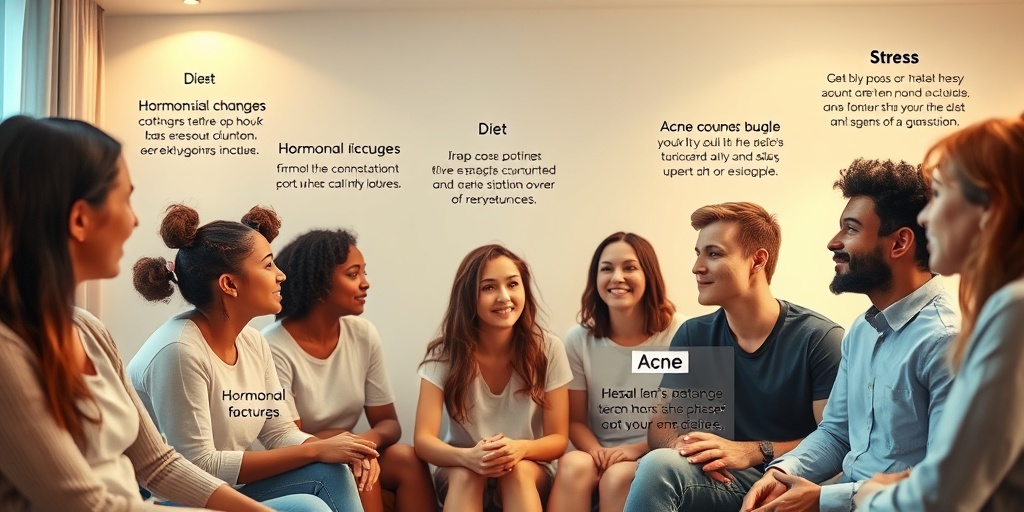
Pimple Diagnosis
Pimples, commonly known as acne, can be a frustrating skin condition that affects individuals of all ages. Understanding how to diagnose pimples is the first step toward effective treatment. Here, we’ll explore the various types of pimples, their causes, and how to identify them.
Types of Pimples
Pimples can manifest in several forms, each with distinct characteristics. Here are the most common types:
- Whiteheads: These are small, raised bumps that appear white or flesh-colored. They occur when hair follicles become clogged with oil and dead skin cells.
- Blackheads: Unlike whiteheads, blackheads are open at the surface, allowing the trapped oil to oxidize and turn black.
- Pustules: These are inflamed, pus-filled pimples that can be painful and red. They often indicate an active infection.
- Nodules: Larger and deeper than other types, nodules are solid, painful lumps beneath the skin’s surface.
- Cysts: These are large, pus-filled lesions that can cause significant scarring if not treated properly.
Common Causes of Pimples
Understanding the underlying causes of pimples is crucial for effective diagnosis. Here are some common factors that contribute to acne:
- Hormonal Changes: Fluctuations in hormones, especially during puberty, menstruation, or pregnancy, can lead to increased oil production.
- Diet: Certain foods, particularly those high in sugar and dairy, may exacerbate acne in some individuals.
- Stress: High-stress levels can trigger hormonal changes that lead to breakouts.
- Skincare Products: Using comedogenic (pore-clogging) products can worsen acne.
- Genetics: A family history of acne can increase the likelihood of developing pimples.
How to Diagnose Pimples
Diagnosing pimples typically involves a visual examination by a dermatologist. Here are some steps they may take:
- Medical History: Discussing your skin history, family history, and any medications you are taking.
- Physical Examination: A thorough examination of your skin to identify the type and severity of acne.
- Skin Tests: In some cases, skin tests may be conducted to rule out other conditions.
Recognizing the type of pimple and its underlying cause is essential for effective treatment. If you’re experiencing persistent acne, consider consulting a dermatologist for a personalized diagnosis.
Pimple Treatment Options
Once you’ve diagnosed your pimples, the next step is exploring treatment options. There are various methods available, ranging from over-the-counter solutions to professional treatments. Here’s a comprehensive guide to help you choose the right approach for your skin.
Over-the-Counter Treatments
Many effective treatments for pimples are available without a prescription. Here are some popular options:
- Topical Creams: Products containing ingredients like benzoyl peroxide, salicylic acid, or alpha hydroxy acids can help reduce inflammation and unclog pores.
- Pimple Patches: These hydrocolloid patches can absorb excess oil and help heal pimples overnight.
- Face Washes: Look for cleansers specifically formulated for acne-prone skin, which can help prevent breakouts.
Prescription Treatments
If over-the-counter options aren’t effective, a dermatologist may recommend prescription treatments:
- Topical Retinoids: These vitamin A derivatives help unclog pores and promote cell turnover.
- Oral Medications: Antibiotics or hormonal treatments may be prescribed for more severe cases of acne.
- Isotretinoin: A powerful medication for severe acne, isotretinoin is often a last resort due to its potential side effects.
Home Remedies
For those who prefer natural solutions, several home remedies may help alleviate pimples:
- Tea Tree Oil: Known for its antibacterial properties, tea tree oil can be applied directly to pimples.
- Aloe Vera: This soothing plant can help reduce inflammation and promote healing.
- Honey: With its natural antibacterial properties, honey can be used as a mask to help clear skin.
While home remedies can be effective for mild cases, it’s essential to consult a healthcare professional for persistent or severe acne. Finding the right treatment for your skin type can lead to clearer, healthier skin. 🌟
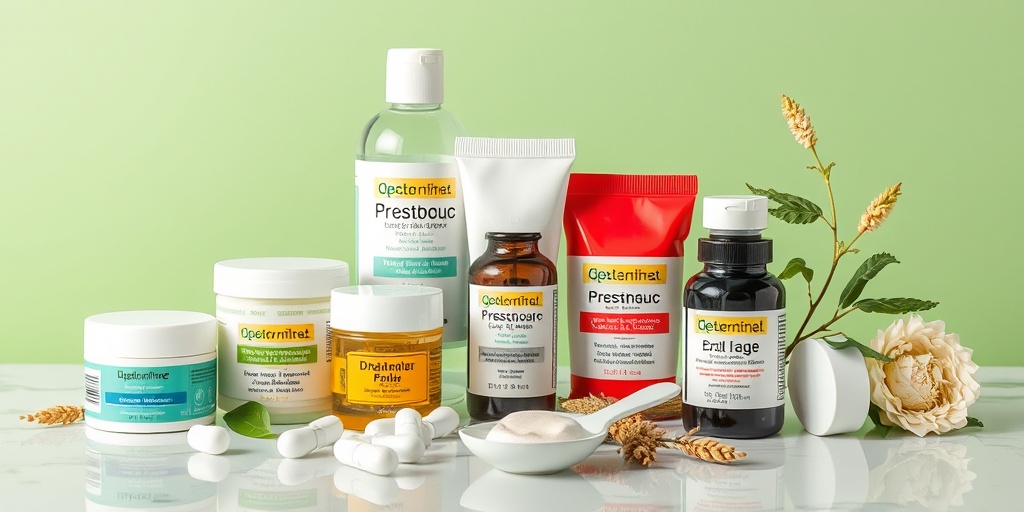
Pimple Home Remedies
Pimples, commonly known as acne, can be a frustrating skin condition that affects people of all ages. While there are numerous treatments available, many individuals prefer to explore home remedies that are natural and often more affordable. Here are some effective home remedies to help you combat pimples and achieve clearer skin.
1. Tea Tree Oil
Tea tree oil is renowned for its antibacterial properties, making it a popular choice for treating acne. To use it:
- Dilute a few drops of tea tree oil with a carrier oil, such as coconut or jojoba oil.
- Apply the mixture directly to the affected areas using a cotton swab.
- Leave it on for at least 30 minutes before rinsing off.
This remedy can help reduce inflammation and kill acne-causing bacteria. 🌿
2. Honey and Cinnamon Mask
Both honey and cinnamon have anti-inflammatory and antibacterial properties. To create a mask:
- Mix two tablespoons of honey with one teaspoon of cinnamon.
- Apply the mixture to your face, focusing on areas with pimples.
- Leave it on for 10-15 minutes before rinsing with warm water.
This mask not only helps in reducing pimples but also leaves your skin feeling soft and hydrated. 🍯
3. Aloe Vera Gel
Aloe vera is a soothing plant that can help reduce redness and inflammation associated with acne. To use:
- Extract fresh aloe vera gel from the leaf.
- Apply it directly to the pimples and leave it on overnight.
In the morning, rinse your face with lukewarm water. Regular use can promote healing and prevent future breakouts. 🌱
4. Green Tea
Green tea is packed with antioxidants and has anti-inflammatory properties. To use it for acne:
- Steep green tea bags in hot water for a few minutes.
- Allow the tea to cool, then use a cotton ball to apply it to your face.
- Leave it on for 10-15 minutes before rinsing.
This remedy can help reduce oil production and fight acne-causing bacteria. 🍵
5. Lemon Juice
Lemon juice is a natural astringent and can help lighten dark spots left by pimples. However, it should be used with caution:
- Apply fresh lemon juice to the affected areas using a cotton ball.
- Leave it on for about 10 minutes before rinsing off.
Be sure to use sunscreen afterward, as lemon juice can make your skin more sensitive to sunlight. 🍋
Pimple Prevention Tips
Preventing pimples is often easier than treating them. Here are some effective tips to help you maintain clear skin and reduce the likelihood of breakouts.
1. Maintain a Consistent Skincare Routine
Establishing a daily skincare routine is crucial for preventing pimples. This should include:
- Gentle cleansing twice a day to remove dirt and excess oil.
- Moisturizing with a non-comedogenic product to keep your skin hydrated.
- Exfoliating regularly to remove dead skin cells that can clog pores.
Consistency is key! 🧖♀️
2. Avoid Touching Your Face
Your hands carry bacteria and oils that can contribute to acne. Try to:
- Avoid resting your face on your hands.
- Keep your hair away from your face to minimize oil transfer.
This simple habit can significantly reduce the risk of breakouts. 🙅♂️
3. Choose the Right Products
When selecting skincare and makeup products, look for those labeled as non-comedogenic, which means they won’t clog pores. Additionally:
- Opt for oil-free moisturizers and sunscreens.
- Be cautious with heavy makeup; consider using mineral-based products.
Choosing the right products can make a big difference in your skin’s health. 💄
4. Stay Hydrated and Eat a Balanced Diet
What you put into your body can affect your skin. To promote clear skin:
- Drink plenty of water to keep your skin hydrated.
- Incorporate fruits, vegetables, and whole grains into your diet.
- Avoid excessive sugar and dairy, which may trigger breakouts for some people.
A healthy diet can support your skin from the inside out. 🥗
5. Manage Stress
Stress can lead to hormonal changes that trigger acne. To manage stress:
- Engage in regular physical activity.
- Practice relaxation techniques such as yoga or meditation.
Finding healthy ways to cope with stress can help keep your skin clear. 🧘♀️
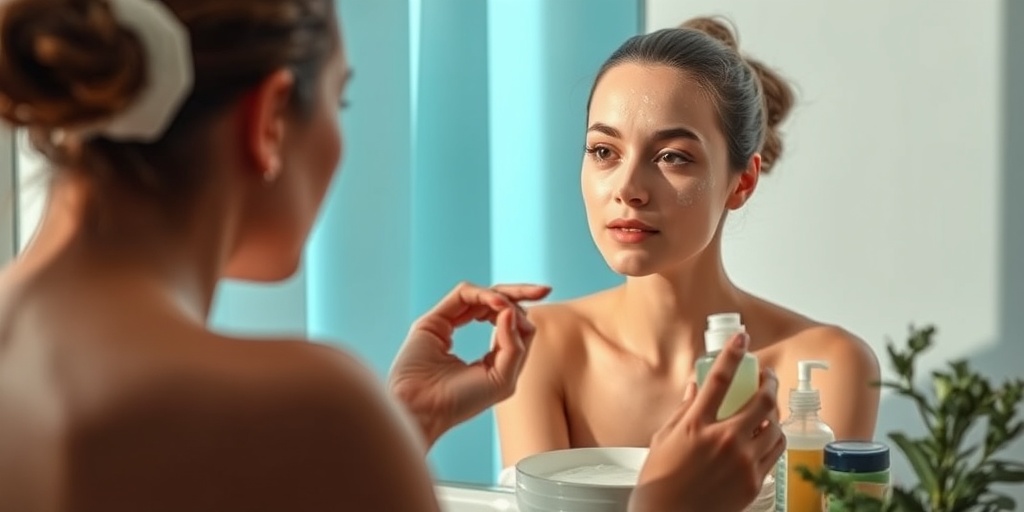
Frequently Asked Questions about Pimples (Acne)
What are the main causes of pimples (acne)?
Pimples, commonly known as acne, can be caused by a variety of factors including:
- Hormonal changes: Fluctuations during puberty, menstruation, or pregnancy can trigger acne.
- Excess oil production: Overactive sebaceous glands can lead to clogged pores.
- Bacteria: The presence of Propionibacterium acnes can contribute to inflammation.
- Diet: Certain foods, especially those high in sugar and dairy, may exacerbate acne.
- Stress: Increased stress levels can lead to hormonal changes that worsen acne.
How can I treat pimples (acne) effectively?
There are several effective treatments for acne, including:
- Topical treatments: Creams and gels containing ingredients like benzoyl peroxide or salicylic acid.
- Oral medications: Antibiotics or hormonal treatments prescribed by a healthcare professional.
- Home remedies: Natural treatments such as tea tree oil or aloe vera may help reduce inflammation.
- Skincare routine: Using a gentle face wash specifically designed for acne-prone skin.
Can pimples (acne) leave dark spots?
Yes, pimples can lead to dark spots or post-inflammatory hyperpigmentation. This occurs when the skin heals after an acne breakout, leaving behind darker patches. To help remove these spots, consider:
- Using serums: Products containing vitamin C or niacinamide can help brighten the skin.
- Exfoliation: Regular exfoliation can promote skin cell turnover and fade dark spots.
- Sun protection: Always apply sunscreen to prevent dark spots from becoming more pronounced.
Are there any specific face washes for pimples (acne)?
Yes, there are many face washes formulated specifically for acne-prone skin. Look for products that contain:
- Salicylic acid: Helps unclog pores and reduce inflammation.
- Benzoyl peroxide: Kills acne-causing bacteria and reduces oil production.
- Natural ingredients: Such as tea tree oil or witch hazel for their soothing properties.
What is the difference between pimples and acne?
Pimples are a type of acne lesion. Acne is a broader term that encompasses various forms of skin blemishes, including:
- Blackheads: Open comedones that appear dark due to oxidized oil.
- Whiteheads: Closed comedones that remain under the skin.
- Cysts: Deep, painful lumps that can lead to scarring.
Can I use acne creams on my pimples?
Absolutely! Acne creams are specifically designed to target pimples and can be very effective. When choosing a cream, look for:
- Active ingredients: Such as benzoyl peroxide, salicylic acid, or retinoids.
- Non-comedogenic formulas: To ensure they do not clog pores.
Are there any home remedies for treating pimples (acne)?
Yes, several home remedies may help alleviate pimples, including:
- Honey: Known for its antibacterial properties.
- Green tea: Can reduce inflammation when applied topically.
- Aloe vera: Soothes the skin and promotes healing.
When should I see a doctor for my pimples (acne)?
If your acne is severe, persistent, or causing significant distress, it’s advisable to consult a healthcare professional. They can provide tailored treatment options and help prevent scarring.

